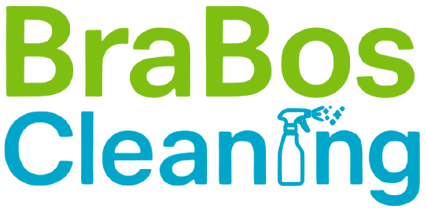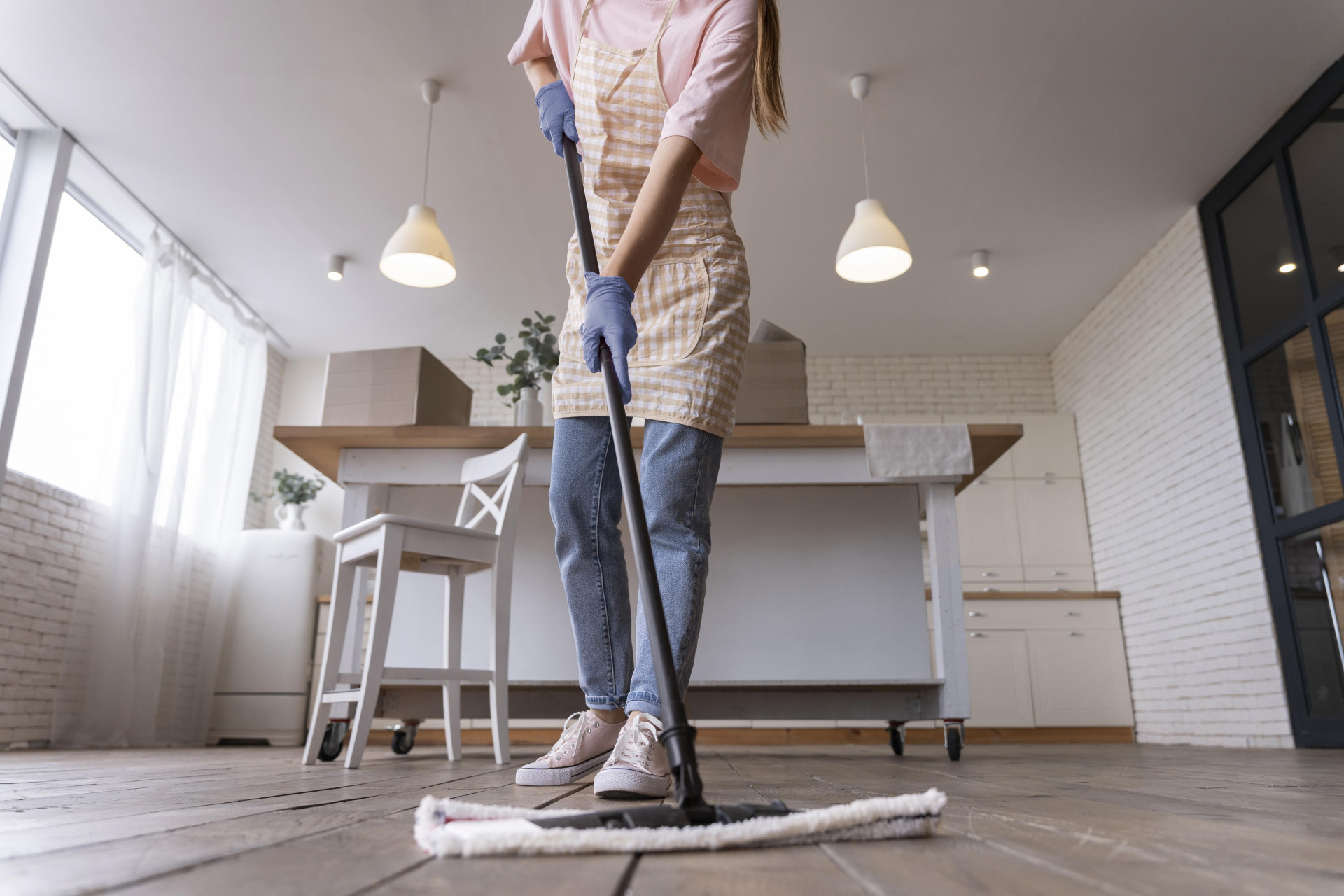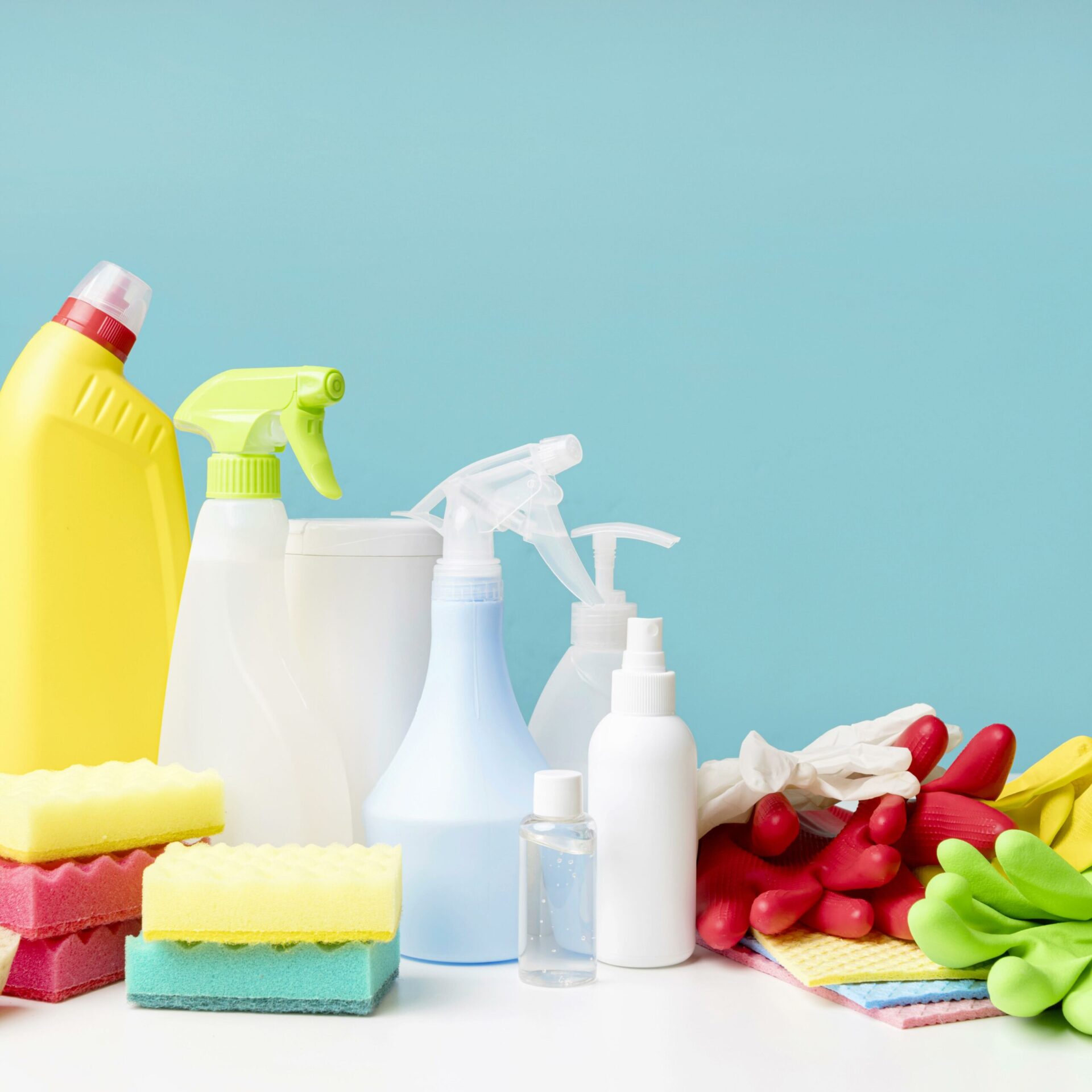Mold is one of the most persistent and potentially dangerous household problems. These microscopic fungi can grow virtually anywhere there’s moisture, causing structural damage to your home and posing serious health risks to your family. Understanding how to identify, remove, and prevent mold is essential for maintaining a safe, healthy living environment.
This comprehensive guide covers everything you need to know about mold—from identifying different types to safe removal methods, when to call professionals, and proven prevention strategies.
Understanding Mold: What You Need to Know
Before tackling mold, it’s important to understand what you’re dealing with.
What is Mold?
Biological Definition:
- Microscopic fungi that grow in multicellular filaments
- Reproduces through airborne spores
- Thrives in moist, warm environments
- Naturally occurring in indoor and outdoor environments
- Breaks down organic matter
Common Indoor Molds:
- Cladosporium: Black or green, grows on fabrics and wood
- Penicillium: Blue or green, found on water-damaged materials
- Aspergillus: Various colors, common in dust and HVAC systems
- Stachybotrys (Black Mold): Greenish-black, toxic, requires immediate professional attention
- Alternaria: Dark brown/black, grows in showers and under sinks
Health Impacts of Mold Exposure
Common Symptoms:
- Respiratory issues (coughing, wheezing, difficulty breathing)
- Nasal congestion and runny nose
- Itchy, watery eyes
- Skin irritation and rashes
- Persistent headaches
- Fatigue and weakness
- Throat irritation
Who’s Most Vulnerable:
- Children and infants (developing immune systems)
- Elderly individuals
- People with asthma or allergies
- Immunocompromised individuals
- Those with chronic respiratory conditions
- Anyone with mold sensitivity (20-30% of population)
Serious Health Risks:
- Aggravation of asthma symptoms
- Allergic reactions and sensitivities
- Respiratory infections
- Chronic sinus infections
- In severe cases: pneumonia or other lung diseases
- Toxic mold exposure can cause neurological symptoms
IMPORTANT: If you experience persistent health symptoms that improve when away from home, consult a healthcare provider and investigate potential mold exposure.
Where Mold Grows in Homes
High-Risk Areas:
- Bathrooms (showers, tubs, sinks, toilets)
- Kitchens (under sinks, behind appliances, around windows)
- Basements and crawl spaces
- Attics with poor ventilation
- Around windows and doors with condensation
- Walls with water damage or leaks
- Carpet and padding that’s been wet
- HVAC systems and ductwork
- Washing machines and dryer areas
Ideal Conditions for Mold:
- Moisture or water damage
- Humidity above 60%
- Poor ventilation
- Darkness
- Organic materials to feed on (wood, drywall, fabric, paper)
- Temperatures between 60-80°F
For bathroom-specific mold prevention, see our ultimate guide to cleaning your bathroom.
When You Can Remove Mold Yourself vs. When to Call Professionals
Not all mold situations are DIY-friendly. Understanding the difference can protect your health and home.
Safe for DIY Removal
Small-Scale Mold (Less than 10 square feet):
- Surface mold on non-porous materials (tile, glass, metal)
- Mold on bathroom fixtures and tiles
- Small areas on walls (not inside walls)
- Mold on small items that can be cleaned or discarded
- Recent growth caught early
Requirements for DIY:
- Proper safety equipment available
- Source of moisture can be identified and fixed
- Not caused by sewage or contaminated water
- You have no respiratory conditions or mold sensitivity
- Area is accessible without extensive demolition
Requires Professional Remediation
Large-Scale or Hazardous Mold:
- Mold covering more than 10 square feet
- Black mold (Stachybotrys) or toxic mold species
- Mold inside walls, ceilings, or HVAC systems
- Mold from sewage or contaminated water
- Structural mold requiring demolition
- Recurring mold despite repeated cleaning
- Mold in hard-to-access areas
- Anyone in home has serious health conditions
Professional Advantages:
- Proper containment to prevent spread
- Industrial equipment (HEPA filters, air scrubbers)
- Safe removal of contaminated materials
- Testing to identify mold species
- Addressing underlying moisture issues
- Proper disposal of contaminated materials
- Prevention of cross-contamination
CRITICAL WARNING: Never attempt to remove black mold (Stachybotrys) yourself. This toxic mold requires professional remediation with proper containment and safety equipment.
Safety Precautions for DIY Mold Removal
If you’re tackling small-scale mold yourself, proper safety equipment and procedures are essential.
Essential Safety Equipment
Personal Protective Equipment:
- N95 respirator mask (minimum) or P100 for better protection
- Safety goggles without ventilation holes
- Long rubber gloves extending to forearms
- Long sleeves and pants (disposable coveralls ideal)
- Shoes that can be cleaned or covered
Additional Safety Items:
- Plastic sheeting to seal off area
- Painter’s tape for securing plastic
- Trash bags for contaminated materials
- Fan for ventilation (directing air outside)
- Drop cloths to protect floors
Why This Matters: Disturbing mold releases thousands of spores into the air. Without proper protection, you’ll inhale these spores, potentially causing serious respiratory issues.
Preparation Steps
Before You Begin:
- Turn off HVAC systems to prevent spore circulation
- Seal off the work area with plastic sheeting
- Open windows for ventilation
- Remove unaffected items from the area
- Have all supplies ready before starting
- Wet moldy materials before handling (reduces airborne spores)
- Never use fans to blow air around during cleaning
Do NOT:
- Use vacuum cleaners (spreads spores unless HEPA-filtered)
- Dry brush or sweep mold (releases massive spore clouds)
- Mix different cleaning products (creates dangerous fumes)
- Ignore safety equipment to save time or money
- Work in the area without proper ventilation
Effective Mold Removal Methods
Different situations require different approaches. Here are proven methods for various scenarios.
Method 1: Bleach Solution (Non-Porous Surfaces Only)
Best For: Tile, glass, bathtubs, sinks, metal surfaces
Important Limitations:
- Only works on non-porous surfaces
- Does NOT penetrate porous materials (wood, drywall, grout)
- Kills surface mold but doesn’t prevent regrowth
- Bleach fumes are hazardous—use with extreme caution
How to Use:
- Mix 1 cup bleach with 1 gallon of water (never use undiluted)
- Wear all safety equipment
- Ensure excellent ventilation
- Apply solution with spray bottle or sponge
- Let sit for 10-15 minutes
- Scrub surface with brush
- Rinse thoroughly with clean water
- Dry completely
Safety Warnings:
- NEVER mix bleach with ammonia (creates toxic chloramine gas)
- NEVER mix bleach with vinegar (creates toxic chlorine gas)
- Use only in well-ventilated areas
- Can damage some surfaces—test first
- Ineffective on porous materials
Method 2: White Vinegar (Safer Alternative)
Best For: Most surfaces including porous materials, general mold removal
Advantages:
- Natural, non-toxic solution
- Kills approximately 82% of mold species
- Penetrates porous surfaces better than bleach
- Safe for most surfaces
- No toxic fumes
How to Use:
- Pour undiluted white vinegar into spray bottle
- Spray heavily on moldy area
- Let sit for 1 hour minimum (longer for stubborn mold)
- Scrub with brush
- Wipe clean with water
- Dry area thoroughly
- Repeat if necessary
For Prevention:
- Spray vinegar on prone areas weekly
- Leave thin film to discourage mold growth
- Vinegar smell dissipates as it dries
Learn more about vinegar’s cleaning power in our guide on natural bathroom cleaners.
Method 3: Hydrogen Peroxide
Best For: Fabrics, walls, floors, most porous and non-porous surfaces
Advantages:
- Anti-fungal, antibacterial, antiviral properties
- Safer than bleach
- Effective on various surfaces
- No toxic fumes
- Breaks down into water and oxygen
How to Use:
- Use 3% hydrogen peroxide solution
- Pour into spray bottle
- Saturate moldy area completely
- Let sit for 10-15 minutes
- Scrub vigorously with brush
- Wipe clean and dry
Caution: Can have mild bleaching effect on colored fabrics. Test on hidden area first.
Method 4: Baking Soda Solution
Best For: Gentle cleaning, deodorizing, safe for all surfaces
Advantages:
- Completely safe and non-toxic
- Absorbs moisture and odors
- Gentle on surfaces
- Can be left on surface as preventative
- Safe around children and pets
How to Use:
- Mix 1 tablespoon baking soda with 1 cup water
- Spray on moldy area
- Scrub with brush
- Rinse with water
- Spray again and let dry without wiping (prevents regrowth)
For Stubborn Mold:
- Make paste with baking soda and small amount of water
- Apply thickly to mold
- Let dry completely
- Scrub and rinse
Method 5: Borax
Best For: Bathrooms, kitchens, porous surfaces
Advantages:
- Natural mineral compound
- Inhibits mold growth
- Doesn’t emit fumes like bleach
- Can be left on surface as preventative
How to Use:
- Mix 1 cup borax with 1 gallon hot water
- Apply with brush or sponge
- Scrub moldy area thoroughly
- Wipe away excess but don’t rinse (leaves protective layer)
- Let dry completely
Note: Keep away from children and pets—borax can be harmful if ingested.
Method 6: Tea Tree Oil (Natural Fungicide)
Best For: Small areas, prevention, natural approach
Advantages:
- Natural antifungal properties
- Very effective despite being natural
- Long-lasting protection
- Pleasant scent
How to Use:
- Mix 1 teaspoon tea tree oil with 1 cup water
- Spray on affected area
- Don’t rinse—let it work
- Smell dissipates as it dries
Cost Consideration: More expensive than other methods, best for small areas or prevention.
For additional natural cleaning solutions, explore our article on benefits of green cleaning.
Step-by-Step Mold Removal Process
Follow this systematic approach for effective mold removal.
Step 1: Identify and Fix Moisture Source
Critical First Step: Without addressing the moisture source, mold will return. Identify and fix:
- Leaking pipes or fixtures
- Roof leaks
- Poor ventilation
- Condensation issues
- Humidity problems
- Drainage issues
Common Fixes:
- Repair leaks immediately
- Improve ventilation (exhaust fans, open windows)
- Use dehumidifiers in damp areas
- Fix grading around foundation
- Seal windows and doors
- Insulate cold pipes to prevent condensation
Step 2: Contain the Area
Prevent Spread:
- Close doors to affected room
- Seal doorways with plastic sheeting
- Turn off HVAC systems
- Open windows for ventilation
- Use fan to direct air outside (not into other rooms)
Step 3: Remove Contaminated Materials
What Can Be Saved:
- Hard, non-porous surfaces (cleaned with appropriate method)
- Items thoroughly cleaned and dried
What Must Be Discarded:
- Ceiling tiles with mold
- Drywall with extensive mold
- Carpet and padding that’s been wet for more than 48 hours
- Upholstered furniture with significant mold
- Paper products and cardboard
- Any porous materials with extensive growth
Disposal:
- Place items in heavy-duty trash bags
- Seal bags tightly
- Dispose according to local regulations
- Never leave moldy items in home
Step 4: Clean Surfaces
- Choose appropriate cleaning method for surface
- Apply cleaner generously
- Let sit for recommended time
- Scrub thoroughly with brush
- Wipe or rinse clean
- Repeat if visible mold remains
Step 5: Dry Completely
Critical Importance: Mold cannot grow without moisture. Thorough drying is essential.
Drying Methods:
- Use fans to circulate air
- Open windows for ventilation
- Run dehumidifiers
- Wipe surfaces dry
- Ensure air can circulate around cleaned areas
- Continue drying for 24-48 hours minimum
Step 6: HEPA Vacuum (If Available)
- After area is completely dry
- Vacuum all surfaces in contained area
- Vacuum captures remaining spores
- Dispose of vacuum bag immediately
- Never use regular vacuum (spreads spores)
Step 7: Monitor for Regrowth
- Check area weekly for first month
- Watch for any signs of returning mold
- Address any moisture immediately
- Consider applying preventative treatment
Preventing Mold Growth
Prevention is far easier and safer than removal. Implement these strategies to keep mold away.
Control Moisture and Humidity
Target Humidity:
- Maintain indoor humidity between 30-50%
- Use hygrometer to monitor levels
- Run dehumidifiers in damp areas
- Empty dehumidifier reservoirs regularly
Ventilation Strategies:
- Use exhaust fans in bathrooms and kitchens
- Run fans during and after showers (15-20 minutes)
- Open windows when weather permits
- Ensure attic and crawl space ventilation
- Don’t block air vents with furniture
Quick Response:
- Clean up spills immediately
- Address leaks within 24-48 hours
- Dry wet areas completely
- Never leave standing water
- Fix plumbing issues promptly
Regular Cleaning and Maintenance
High-Risk Area Focus:
- Clean bathrooms weekly with mold-preventing products
- Wipe down shower walls after each use
- Clean and dry sink areas daily
- Check under sinks regularly for leaks
- Inspect window sills for condensation
Preventative Applications:
- Spray vinegar on prone areas weekly
- Use mold-inhibiting cleaners
- Apply bathroom sprays after cleaning
- Keep surfaces as dry as possible
For comprehensive bathroom maintenance, see our guide on deep cleaning bathroom services.
Improve Home Design
Long-Term Solutions:
- Install proper ventilation systems
- Use mold-resistant drywall in bathrooms
- Apply mold-resistant paint
- Ensure proper drainage around foundation
- Insulate pipes to prevent condensation
- Direct downspouts away from house
Lifestyle Adjustments
Daily Habits:
- Open shower curtain after use (allows drying)
- Hang wet towels to dry
- Don’t leave wet clothes in washer
- Fix condensation on windows
- Use bathroom exhaust fans
- Monitor indoor plants for mold in soil
Special Mold Situations
Mold in HVAC Systems
Why It’s Serious:
- Circulates spores throughout entire home
- Difficult to detect
- Requires professional cleaning
- Can cause widespread contamination
Signs of HVAC Mold:
- Musty smell when system runs
- Visible growth around vents
- Increased allergy symptoms
- Dark dust around vents
Solution: Professional HVAC cleaning and remediation
Mold After Flooding
Critical Timeline:
- Begin drying within 24-48 hours
- Mold starts growing within 24-48 hours of water exposure
- Professional help strongly recommended
- May require extensive remediation
Immediate Steps:
- Remove standing water
- Remove wet materials immediately
- Use industrial fans and dehumidifiers
- Contact insurance company
- Consider professional restoration services
Mold in Walls
Warning Signs:
- Musty smell with no visible mold
- Discoloration or water stains on walls
- Peeling or bubbling paint
- Soft or sagging drywall
Action Required:
- Professional inspection recommended
- May require removal of drywall
- Extensive contamination possible
- DIY not recommended
Professional Mold Remediation Services
For serious mold problems, professional help is essential and often more cost-effective than DIY attempts.
What Professionals Provide
Assessment:
- Mold testing and identification
- Moisture source identification
- Extent of contamination evaluation
- Remediation plan development
Remediation:
- Proper containment procedures
- Industrial equipment usage
- Safe removal of contaminated materials
- Treatment of affected areas
- Prevention of cross-contamination
Restoration:
- Replacement of removed materials
- Addressing underlying issues
- Final testing to ensure success
- Documentation for insurance
When to Call BraBos
While BraBos Cleaning Services specializes in general cleaning rather than mold remediation, we can help with:
- Routine cleaning to prevent mold growth
- Regular bathroom and kitchen maintenance
- Quick response to spills and moisture
- Ongoing maintenance between professional treatments
BraBos Professional Cleaning Services
At BraBos Cleaning Services, we believe prevention is the best approach to mold. Our regular cleaning services help maintain dry, clean environments where mold struggles to grow.
Our Preventative Cleaning Services
Mold-Prevention Focused:
- Thorough bathroom cleaning and drying
- Kitchen moisture management
- Baseboard and floor edge cleaning
- Window sill maintenance
- Regular ventilation area cleaning
Professional Cleaning Solutions:
- Deep Cleaning Services – Intensive cleaning including moisture-prone areas
- Recurring Cleaning Services – Regular maintenance prevents mold growth
- House Cleaning – Comprehensive home cleaning
- Apartment Cleaning – Perfect for smaller spaces prone to moisture
- Move-In/Move-Out Cleaning – Fresh start prevents mold in new homes
- Maid Services – Ongoing maintenance cleaning
- Commercial Cleaning – Business cleaning with mold prevention
Serving Boston Homes
Boston Neighborhoods: South End, Back Bay, South Boston, Allston, Bay Village, Beacon Hill, Brighton, Charlestown, Chinatown, Dorchester, Downtown, East Boston, Fenway-Kenmore, Hyde Park, Jamaica Plain, Mattapan, Mission Hill, North End, Roslindale, Roxbury, Seaport, West End, West Roxbury
Surrounding Communities: Brookline, Cambridge, Newton, Lexington, Belmont, Arlington, Wellesley, Natick, Needham, Winchester, Milton, Watertown, Somerville, Wakefield, Reading, Melrose, Burlington, Waltham, Medford, Norwood, Braintree, Framingham, Quincy, Dedham, Woburn, Malden, Stoneham, Wilmington, Winthrop, Methuen, Saugus, Revere, Peabody, Everett, Lynn, Canton
Protect Your Home from Mold
Mold is a serious issue that requires immediate attention, proper removal techniques, and ongoing prevention. Whether you’re maintaining a clean environment to prevent mold or need help after professional remediation, regular professional cleaning makes a difference.
Ready for professional cleaning that helps prevent mold?
✓ Book online for convenient scheduling ✓ Get a free quote for regular cleaning services
Remember: For active mold problems, consult mold remediation specialists. For prevention through regular cleaning, trust BraBos Cleaning Services to maintain the dry, clean environment your home needs.






